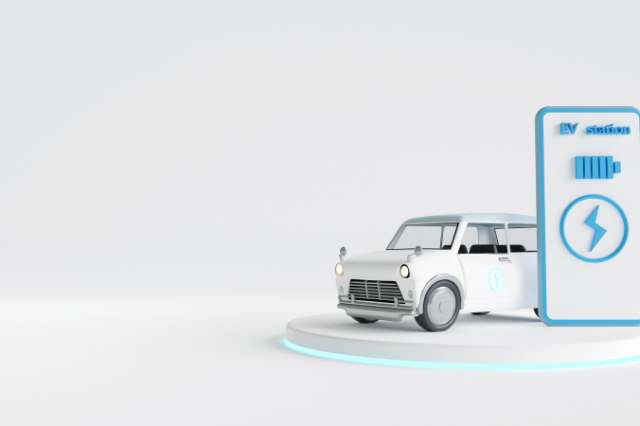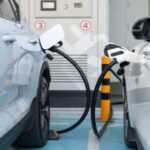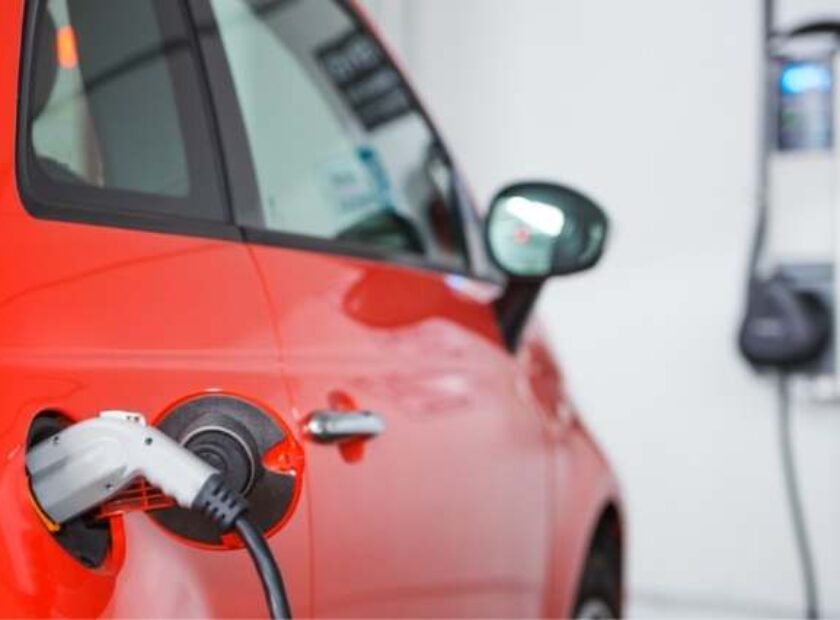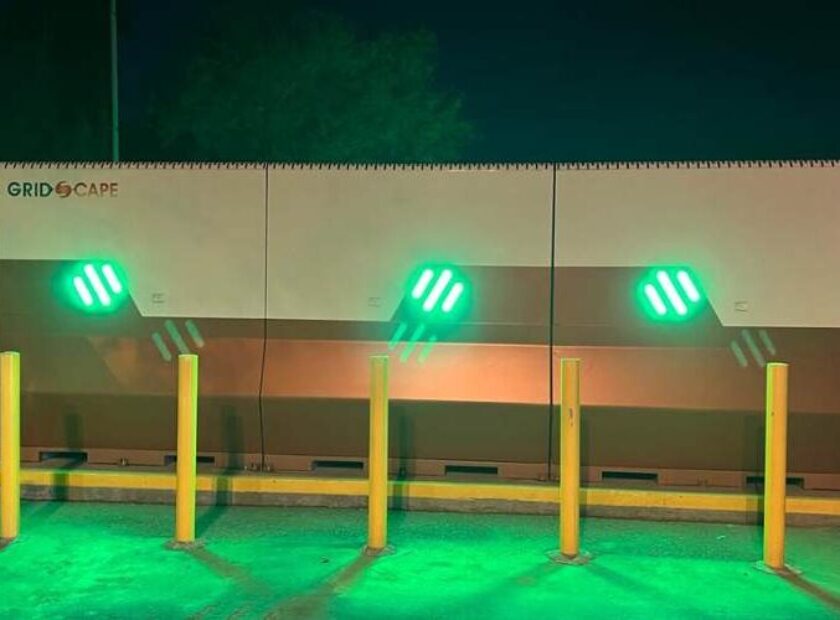Embracing V2G: Building a Greener and More Resilient Future for Businesses and Communities

Vehicle-to-Grid (V2G) is a groundbreaking concept that merges the worlds of electric vehicles (EVs) and energy grids. Unlike conventional vehicles that solely consume electricity, V2G-enabled EVs can bidirectionally transfer energy between the grid and their batteries. This transformative capability presents a plethora of opportunities for businesses and communities to revolutionize their energy landscape, promote sustainability, and achieve economic and environmental benefits.
The Basics of V2G:
V2G technology allows EVs to act as mobile energy storage units, injecting excess electricity into the grid during periods of high demand or drawing power when the grid requires additional capacity. The two-way flow of energy transforms EVs from mere transportation devices into integral components of a dynamic energy ecosystem.
Benefits for Businesses:
For businesses, V2G represents a paradigm shift in energy management and cost optimization. V2G-enabled fleets allow companies to capitalize on energy arbitrage opportunities, buying low-cost electricity during off-peak hours and selling it back to the grid when prices peak. This not only stabilizes the energy grid but also generates a new revenue stream for businesses, reducing operating costs and enhancing financial sustainability.
Moreover, businesses can improve their environmental credentials by integrating V2G into their sustainability strategies. By leveraging renewable energy sources to charge EVs and discharging clean energy back into the grid, businesses contribute to carbon reduction goals, enhancing their reputation as responsible corporate citizens.
Empowering Communities:
At the community level, V2G holds immense potential to address the challenges of energy demand and grid stability. As more V2G-enabled EVs are deployed in a region, they collectively form a distributed energy storage network. During peak energy consumption, this network can supply power to the grid, mitigating strain on conventional power plants and preventing blackouts.
Communities can embrace V2G as a solution for energy resilience and disaster recovery. In the aftermath of natural disasters or grid failures, V2G-enabled EVs can serve as vital backup power sources, providing electricity to critical facilities like hospitals, schools, and emergency centers, bolstering community resilience.
V2G and Renewable Energy Integration:
V2G technology plays a crucial role in integrating renewable energy sources into the energy grid. As renewable energy, such as solar and wind, is inherently intermittent, V2G-enabled EVs can absorb excess renewable energy during peak production times. Subsequently, they can inject stored electricity back into the grid when renewable sources are insufficient. This symbiotic relationship between V2G and renewables enhances grid stability, accelerates the transition to a sustainable energy mix, and reduces dependence on fossil fuels.
As V2G technology advances, its potential to revolutionize the way we generate, store, and distribute electricity becomes increasingly evident. By embracing V2G, businesses and communities can collaboratively embark on a journey towards a more sustainable, resilient, and economically viable energy future. Embracing V2G today is not just about adopting cutting-edge technology, but about investing in a brighter, greener tomorrow for generations to come.






